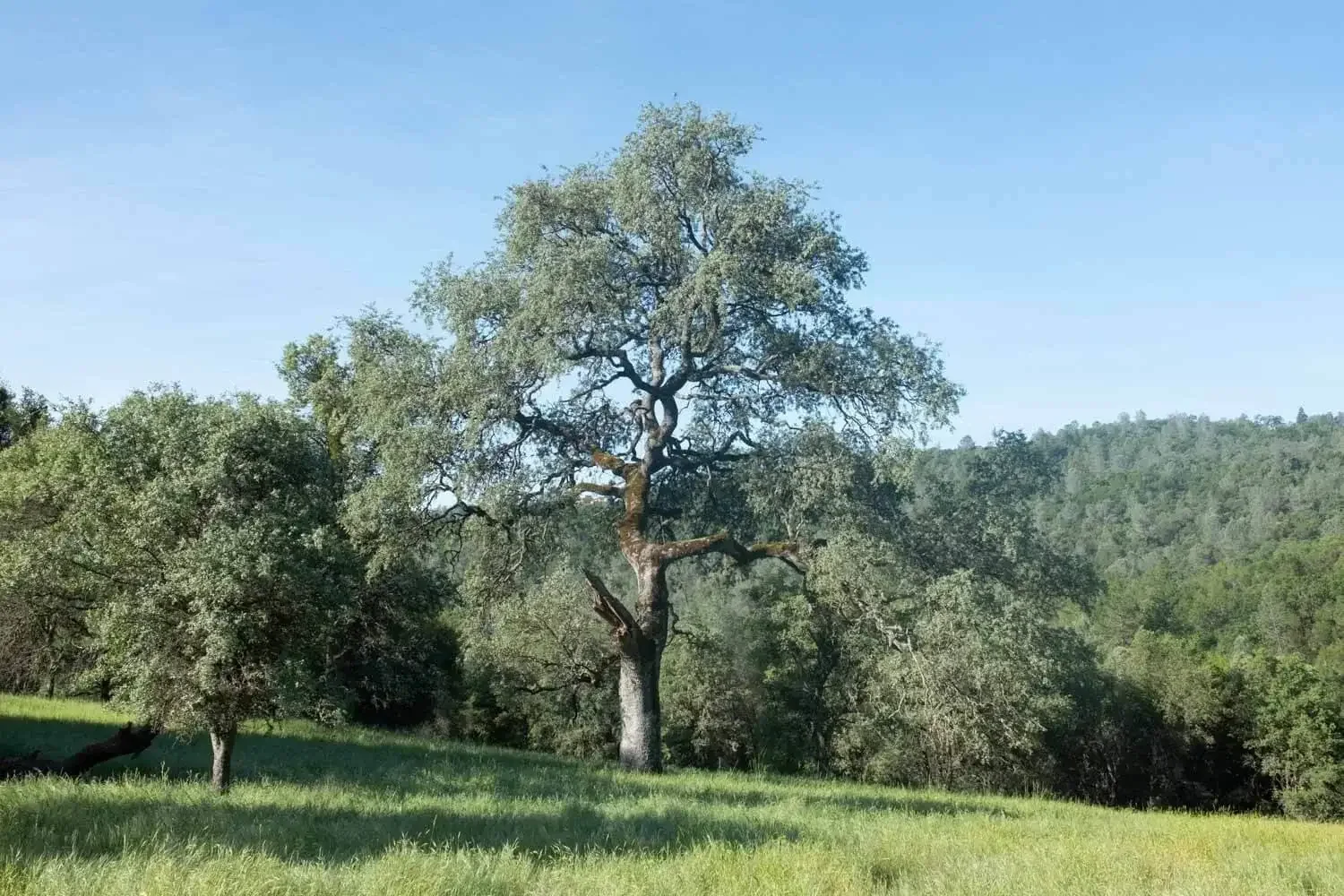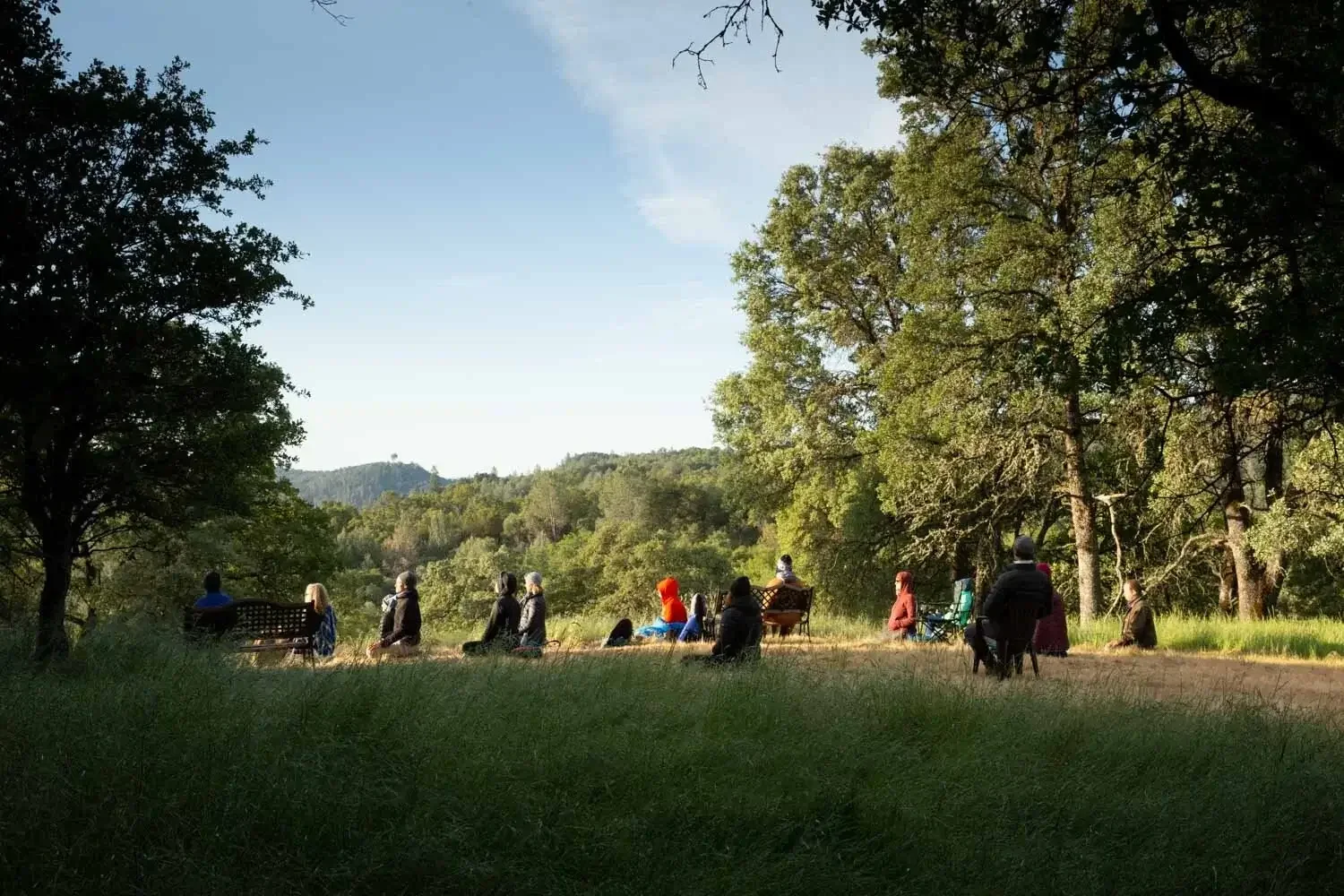What is Mindfulness?
There are many websites that go into the formal definitions of Mindfulness. Following is my philosophy around what I teach.
For me, Mindfulness is a practice that teaches us how to be openly and honestly aware of each moment in which we live. We practice awareness of breath, body, emotions, thoughts, and senses.
By looking at these areas with curiosity and kindness, I begin to notice when I’m thinking thoughts that aren’t useful or acting in ways I’d rather not; this awareness gives me a brief space in which I can choose to do something in a different way. It opens up a space of possibility around how I act, speak, and think.
Here, you can see a visual I created of how my mind thinks about each present moment when I’m sitting in mindful awareness
Very Brief History
Mindfulness is rooted in Buddhist tradition dating back more than 2,500 years. That said, Mindful Awareness Practices and contemplative practices have always existed in other traditions such as the ancient Greeks, Native Americans, and within Christian religious traditions.
A secular version of Mindfulness, which is the focus I use for training within organizations, has been used in the United States for over 30 years and began in about 1979, when Jon Kabat-Zinn began offering Mindfulness Based Stress Reduction, or MBSR, courses for patients at the University of Massachusetts Medical School. He believed that Mindfulness could support patients in the areas of chronic pain and depression and research has shown this to be true.
Since that early beginning in healthcare, Mindfulness expanded in the United States to include Mindfulness Based Cognitive Therapy (MBCT) developed in the 90’s for mental healthcare and in the past decade it has been expanding within education to support the learning ability of our students.
Today, Mindfulness is being used to support workers not only within healthcare and education, but also within corporations and politics. It’s used in many Silicon Valley businesses and there are even Mindfulness studies being completed within the US Military.
Awake In The Wild Nature Retreat | photo by: Kim Nellans
Guided Mindfulness Practices
Below you can find some basic Meditation guidelines and a few guided meditations that you can listen to and download as you find useful. I hope you enjoy them! You can also find guided meditations by me on the Insight Timer app.
Meditation Posture Guidelines:
Tips for Starting a Practice:
Pick a time that works for you. Morning, lunchtime, evening, it doesn't matter, but pick a time when you can start with 10 minutes every day. Habit tip! Tie it to another habit, such as right after you brush your teeth!
Choose and use a resource that works for you.
Download some of the guided meditations below and start using.
Download an app. I like Insight Timer. It’s free and you can find me as a teacher on Insight Timer here. That said there are lots of meditation apps, use the one that works for you or find another teacher that works for you!
Find support. Contact me if you have questions! It is hard to learn something new on your own, especially something as uncomfortable as meditation. We constantly question ourselves and eventually stop doing it. Take a class. Find a teacher.



